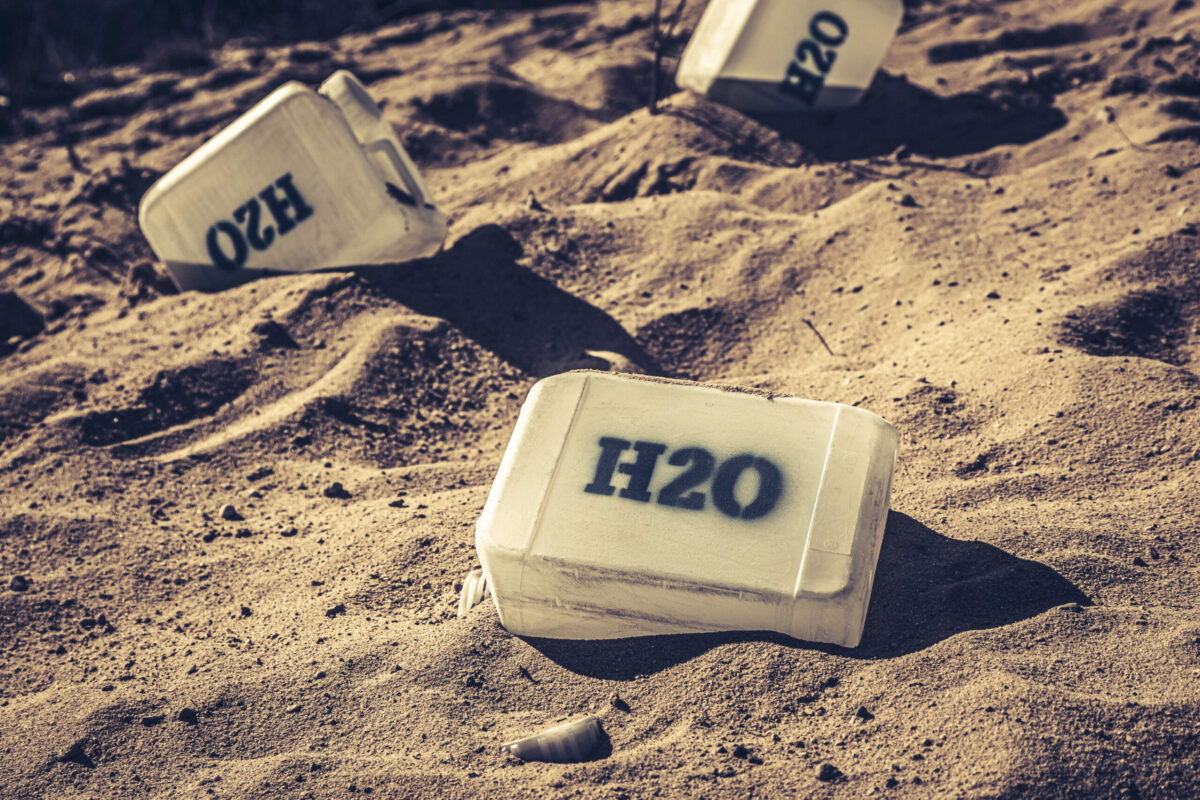
By Jimmy Magahern | Phoenix Magazine
John Hornewer pulls his 6,000-gallon Freightliner tank trunk up to a brown stucco house on a dusty dirt road in Rio Verde Foothills and grabs the 100-foot hose he’ll need to unspool to pump water to the tank behind the property.
“This is actually a small one… 2,000 gallons,” he says, attaching the heavy hose fitting to the top of the cistern, which looks like a medium-size above-ground pool made from galvanized steel. “Most people out here have 3,000-to-5,000-gallon tanks.”
At best, it’ll last the family of five that lives here about a month – and then only with extreme conservation. Following a well-publicized interruption to their water supply, many residents in Rio Verde Foothills are aggressively tightening their taps, reducing their personal water usage to about 40 gallons per day, compared to the average of 146 in the city. But even at that rate, Hornewer can’t guarantee he’ll have water the next time they call.
“It’s been 88 days,” he says, giving the running countsince the City of Scottsdale made its municipal water supply off-limits to this unincorporated community just outside its northeast border. Officially, Scottsdale officials cited concerns about upcoming reductions to Arizona’s allotment of the drought-stricken Colorado River to justify shutting off the taps – but this being Arizona, taxes and buck-passing arguably also played a role.
No matter. Sniffing a bona fide Arizona water crisis story, national media outlets were predictably helpless to resist. The New York Times and The Washington Post each ran stories in the spring, portraying Rio Verde as a boldface-headline climate parable with dire implications for the future. The coverage, however, tended to gloss over key facts – for instance, that most area residents happily survive on well water stored beneath the bedrock of this 20-square-mile stretch of the McDowell Mountain foothills. And that Rio Verde voters previously rejected their chance to create their own water district.
“The narrative outside of Arizona is, ‘Oh, that’s one of those flyover desert states that doesn’t know how to deal with water,’” says Thomas Galvin, the Maricopa County supervisor who represents the district encompassing Rio Verde Foothills. “But that’s not what it is. Frankly, Arizona is better than most states in the country at conserving and taking care of water.”





